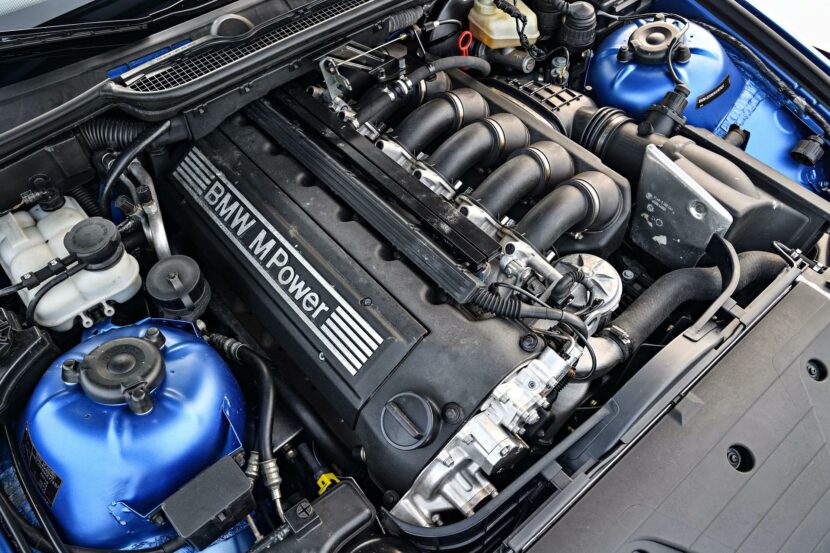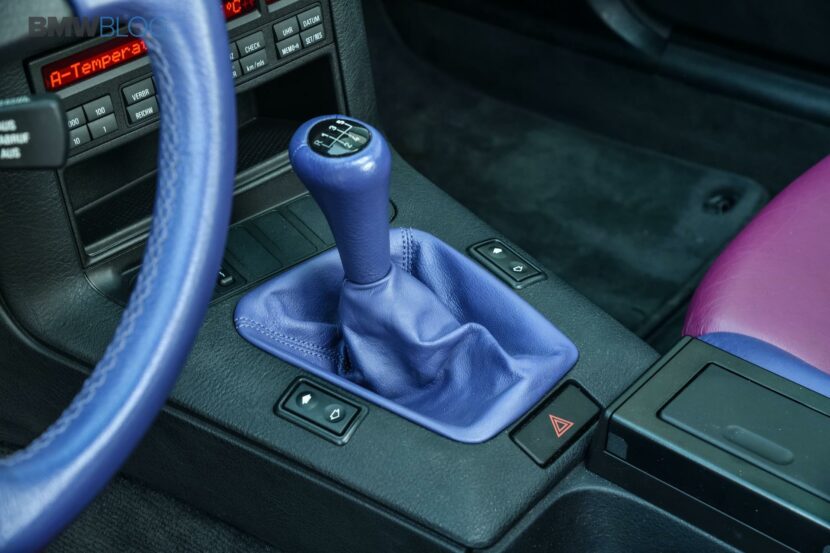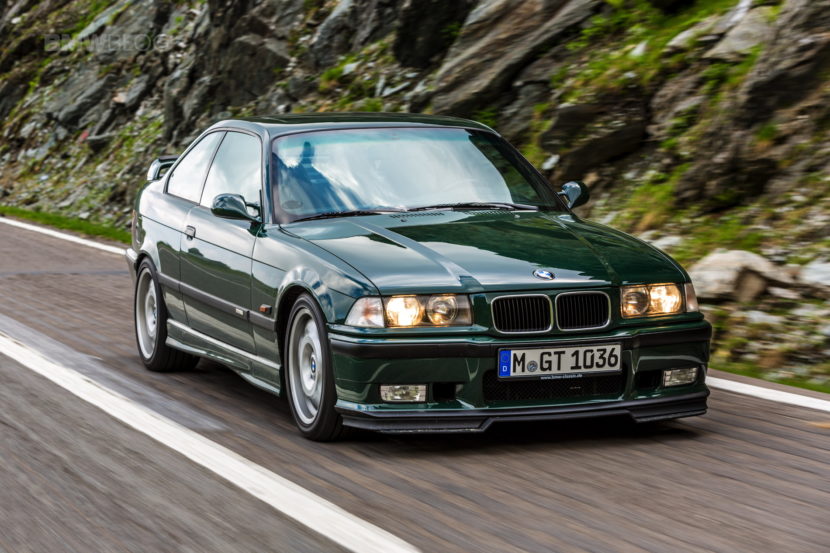The US-market E36 M3 is quite a bit different than the European model. Due to numerous cost-saving measures BMW took to get it to the new world, many look at it less fondly than the models that stayed closer to Bavaria. And if you don’t look too closely, you might think it’s deserved. It got an arguably less special engine, missed out on a desirable special edition (the M3 GT), and had to make do with a five-speed manual instead of the six-speed that other markets saw. But is the US M3 really the knock-off that some enthusiasts accuse it of being? I don’t think so.
Engine Problems?

Let’s address the perceived shortcomings in order of most valid. First off is the engine. There’s no doubt about it – the 3.0-liter mill in European E36 M3 makes more power than the US engine. It’s also considerably more exotic. Individual throttle bodies and a more advanced VANOS system pushed the engine to produce more power than its US counterpart – 286 horsepower and 236 pound-feet of torque. Later 3.2-liter models increased power even more, to 321 horsepower and 258 pound-feet. US-market cars had to deal with a “lesser” S50 and S52 engine. Both produced around 240 horsepower, making 225 pound-feet and 236 pound-feet of torque, respectively.
So, sure it’s down on some power. But there’s a trade-off; the S50 and S52 engines that made it stateside were generally less-complicated engines. That translates to a less maintenance-intensive ownership experience. Euro S50’s are more similar to the S54 that showed up in the E46 M3; that means a more complicated VANOS system and treating rod bearings as wear items.
US motors, on the other hand, were much simpler – they share little with their high-strung European counterparts, and have more in common with the stalwart M50 engine than anything else. When you consider that the added power doesn’t really translate to the street in independent testing, I’d rather have the car I know will get me where I’m going than the one with the more impressive spec sheet.
Shifting Into High Gear
European M3s also received a significant facelift that began with 1996 model year vehicles. Displacement increased to 3.2 liters, which came with a commensurate bump in output. They also got branded as “Evolution” models since they, well, evolved. These cars got six-speed manual transmissions, too. There’s lots of benefits to having an additional forward gear, but they can keep it as far as I’m concerned.
The ZF five-speed found in 3.0-liter units and all US-spec cars was out for Evolution models in lieu of a Getrag unit – similar to what is found in, again, the E46 M3. Getrag sticks are part of the reason BMW manuals get a reputation for rubberiness and disconnectedness. Euro cars were also available with the infamous SMG gearbox – which, again, is not a selling point.
Special Order
Those familiar with the E36 M3 – or the M3 at large – might have noticed listings for the M3 GT, or maybe an M3 GT Individual. While it’s true that the US never received these models, we did get the now-legendary M3 Lightweight. The “LTW” as its occasionally referred to, sports special weight-saving measures like carbon fiber trim, lighter wheels, radio and A/C deletes, and more. It got aerodynamic additions, too, like a bigger rear spoiler and front lip. It weighs under 3,000 pounds – 225 less, in fact, than a traditional US M3. 126 were built.
The M3 GT and GT Individual models are largely similar. Around 400 GT trim cars left the production line, with GT Individual cars receiving special interior and exterior aesthetics. While I’ll admit, I’d love to have one, I think the lower production volume – and now, Paul Walker and Michelin heritage – make the LTW more special. Another issue is that these GT models were pricy when they launched – from 91,000 DM, or around $65,000 in 1995. That’s the equivalent of over $134,000+ today. Funny enough, that’s around what a new CS model will set you back. But at the time, BMW would never have brought those models to the US – even the E36 M3 wasn’t guaranteed to make it due to slow sales of the E30 M3. Their pricy today, too – around 4x what a similar-condition E36 M3 would go for.
The E36 M3 is one of my favorite cars, in case if that wasn’t obvious nearly 700 words later. And while the European E36 M3 got a lot of stuff we didn’t, realistically, I don’t think we missed out on much. Its boxy styling and stout inline-six make it irreplaceable even going on three decades later – no matter which continent’s roads it was originally traveling.







































































